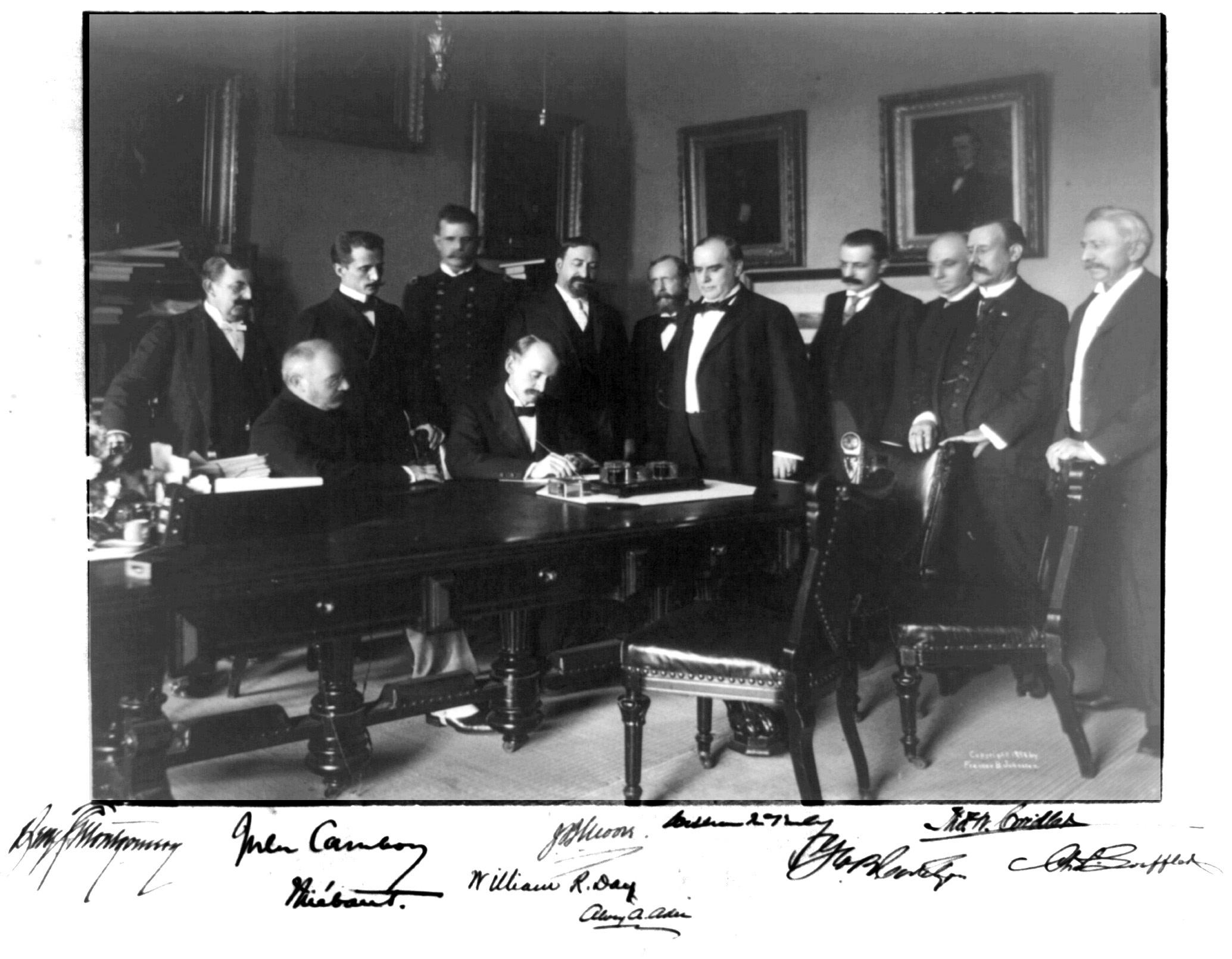III
INSPIRATION BEHIND THE NOTES OF THE PHILIPPINE NATIONAL ANTHEM
President Emilio Aguinaldo, on 5 June 1898, issued a decree
setting aside June 12 as the day for the proclamation of Philippine Independence from Spain. It was about this same time that Aguinaldo commissioned Julian Felipe,34 a Filipino composer and music teacher, to compose a hymn that would be played during the independence day ceremonies.
By June 11, Felipe finished the composition and played this to Aguinaldo and other revolutionary leaders present at that time.35 Felipe titled his composition Marcha Filipina Magdalo, adopting the name Magdalo from Aguinaldo’s faction of the Katipunan.36 Aguinaldo enthusiastically adopted this composition as the anthem of the Philippines and Felipe changed the title to Marcha Nacional Filipinas (Philippine National March).37 On June 12, Aguinaldo proclaimed the independence of the Philippines at Kawit, Cavite and the Marcha Nacional Filipinas was performed by the members of the San Francisco de Malabon band as the Philippine flag, made in Hong Kong by Felipe Agoncillo’s wife, Marcela Agoncillo,38 together with her daughter Lorenza Agoncillo and José Rizal’s niece Delfina Herboza, was unfurled. When the Marcha Nacional Filipinas was played on 12 June 1898, it was without lyrics. It was only about a year later, on 3 September 1899, when the poem of José Palma, a Filipino poet and soldier, titled Filipinas and written in Spanish was adopted as the lyrics of the national anthem. The lyrics of the anthem would then be translated into English in 1934 by a Filipino writer, Camilo Osias, and an American, A.L. Lane. It was then called The Philippine Hymn. In 1956, Julian Cruz Balmaceda and Ildefonso Santos penned the lyrics of the current Filipino version entitled Lupang Hinirang. 324
DISCOV _INT PP 050719.indd 336
5/7/19 8:54:43 PM


































